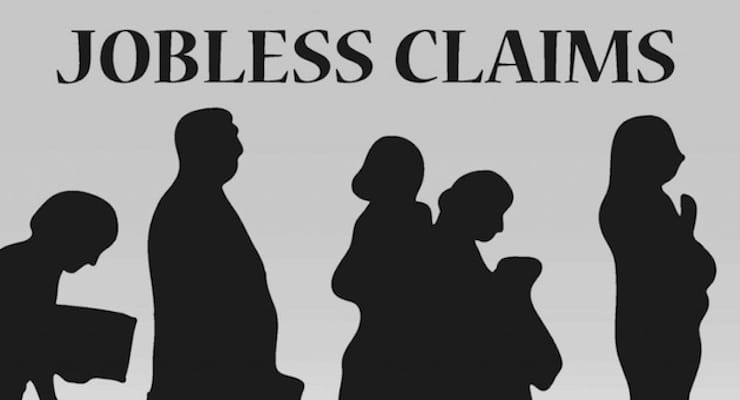

Weekly Jobless Claims Graphic. Number of Americans applying for first-time jobless benefits.
The firing rate, or weekly jobless benefits rose modestly last week by 10,000 to a seasonally adjusted 277,000 for the week ended Sept. 26, the Labor Department said on Thursday. It was the 30th straight week that the number of Americans filing new applications for jobless benefits remained below the 300,000 threshold.
Economists polled by Reuters had forecast claims rising to 270,000 last week. The Labor Department said there were no special factors impacting this week’s initial claims, last week was unrevised, and no state was triggered “on” the Extended Benefits program during the week ending September 12.
The four-week moving average of claims–which is widely considered to be a better measure of labor market trends as it irons out week-to-week volatility–shed 1,000 to 270,750.
The report comes ahead of the department’s September jobs report, which is forecast to show the economy added 203,000 jobs in September. Thursday’s claims report showed the number of people still receiving benefits after an initial week of aid fell 53,000 to 2.19 million in the week ended Sept. 19.
The highest insured unemployment rates in the week ending September 12 were in Puerto Rico (3.4), the Virgin Islands (2.7), New Jersey (2.5), Alaska (2.4), California (2.2), Nevada (2.2), Pennsylvania (2.2), Connecticut (2.0), Illinois (1.9), and West Virginia (1.9).
The largest increases in initial claims for the week ending September 19 were in California (+3,725), Kansas (+2,739), Texas (+2,185), New York (+1,878), and Missouri (+960), while the largest decreases were in Wisconsin (-278), North Dakota (-180), Rhode Island (-129), Minnesota (-101), and Kentucky (-78).
The most damning journalistic sin committed by the media during the era of Russia collusion…
The first ecological study finds mask mandates were not effective at slowing the spread of…
On "What Are the Odds?" Monday, Robert Barnes and Rich Baris note how big tech…
On "What Are the Odds?" Monday, Robert Barnes and Rich Baris discuss why America First…
Personal income fell $1,516.6 billion (7.1%) in February, roughly the consensus forecast, while consumer spending…
Research finds those previously infected by or vaccinated against SARS-CoV-2 are not at risk of…
This website uses cookies.